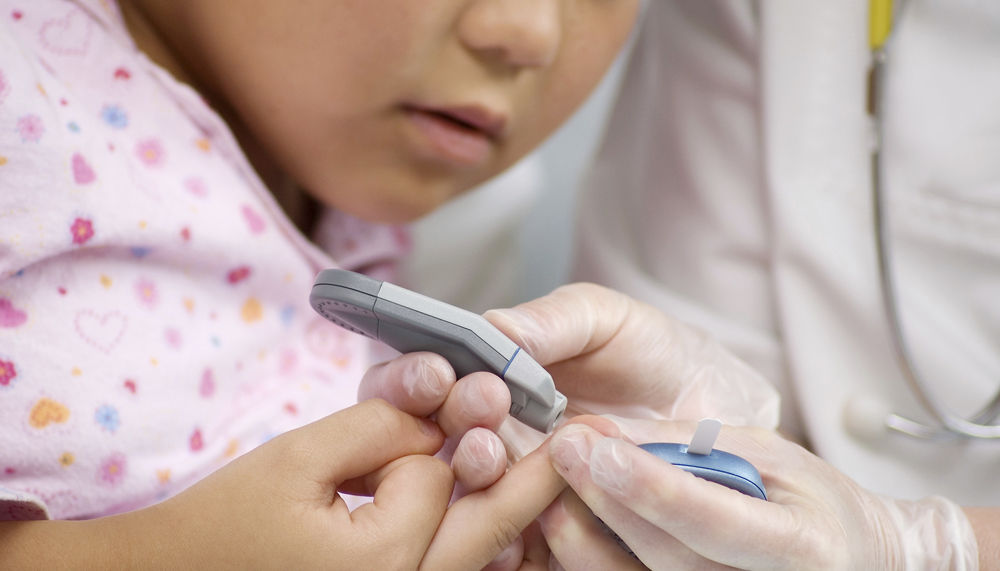It’s one of the top 10 causes of death. Yet type 2 diabetes can be better managed if more research is done to help sufferers help themselves – especially in multicultural societies, say health experts.
Diabetes is one of the top 10 causes of death in Australia and is becoming a challenge for governments around the world. Ageing populations, dietary changes and sedentary lifestyles all contribute to the growing complexity of this debilitating disease.
Royal District Nursing Service (RDNS) data analysts report that more clinical nursing time is being spent on the about the same number of diabetes cases as five years ago.
Dr Rajna Ogrin, senior research fellow at RDNS Institute in Melbourne, said it’s good that people have been living longer, yet unfortunately an increased lifespan could also see the emergence of health problems such as type 2 diabetes (T2DM).
Some children aged as young as 14 years are developing the condition. That means when they reach their mid-30s, they will have had T2DM for 20 years.
“The lack of exercise and unhealthy eating from an early age is leading people to develop type 2 diabetes at a younger age, so complications develop sooner, needing management,” Ogrin said.
She said that T2DM is the most common form of diabetes, and emphasised the importance of self-management for those people who suffer from the condition.
“Persons with diabetes are the keys in the team to manage T2DM,” she said. “It requires that those persons understand the disease, why they have it, and what they can do to improve their own health – that is, by making lifestyle changes and monitoring their condition.
“Because diabetes affects multiple organs, not one healthcare provider has the ability to help someone with diabetes to manage [the whole of] their condition.”
For instance, mental health problems such as depression, stress and/or anxiety are common in people with diabetes, so the patient’s mental state needs attention and management aside from the body’s organs.
“Diabetes can be effectively managed and complications prevented, but it does take time,” Ogrin said. “Access to healthcare providers who can help patients with the information on best management is vital.”
Ogrin said the best way to prevent diabetes from worsening is to maintain blood sugar levels to near normal levels. “That will always mean exercise and eating healthy foods – the basics for anyone to live healthier. But it might also mean tablets or injections,” she said.
“Monitoring blood sugar levels to identify if they are worsening and getting treatment to keep blood sugar levels to near normal status is the best anyone with diabetes can do to prevent the condition from worsening.”
Research is needed on how to help people help themselves in keeping sugar levels normal well as encouragement for people to exercise and eat a nutritious diet, Ogrin said.
Tracy Aylen, president of the Australian Diabetes Educators Association, said, “If you’re looking at the bigger picture, probably there is a need for more research into effective ways of providing education to people, and how you would implement that into practice across a very diverse population.”
Aylen said it is not simply a matter of telling people what they need to do in order to manage their diabetes. Australia is a very multicultural society with varying levels of literacy across the population, and the process of giving people information is not a straightforward one.
“You need to be able to provide information in such a way that it is understandable and meaningful for the person, and that information should also be culturally appropriate,” she said.
For example, a Westernised or Australian-style diet would not be recommended to somebody from a South-East Asian background and who has a different dietary intake.
Aylen said tailored information should instead be given to suit the individual and their family circumstances.
According to Ogrin, “We also need to have ways of getting the right care to the right person at the right time – we already have a lot of research available on improving the outcomes of people with diabetes.
“We need to identify ways to overcome barriers to allow the implementation of research into practice – this alone could reduce major amputations up to 80 per cent,” she added.
Type 2 diabetes quick guide
RDNS research fellow Dr Rajna Ogrin said T2DM affects nearly every organ in the body:
Eyes – People with diabetes have an increased risk of developing eye complications which, if left untreated, can lead to poor vision and blindness.
Kidneys – Kidney function can be impaired.
Nerves – Sensation to the feet and hands declines and the risk of amputation increases.
Heart – People with T2DM are twice as likely to suffer a stroke or heart attack, have poorer outcomes following these events, and have an earlier onset of heart disease. Heart attack and stroke are the leading causes of death in people with diabetes.
Blood vessels – Blockages in the arteries are increased.
Digestive system – Diseases of organs include stomach ulcers, coeliac disease, cancer of the pancreas, constipation, diarrhoea, liver disease and gallstones.
Mental health problems – Over 40 per cent of adult Australians with diabetes report medium, high or very high levels of psychological distress. T2DM has also been associated with an increased risk of dementia.
Do you have an idea for a story?Email [email protected]
 Aged Care Insite Australia's number one aged care news source
Aged Care Insite Australia's number one aged care news source

